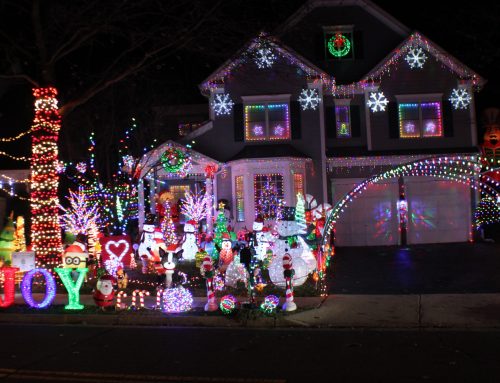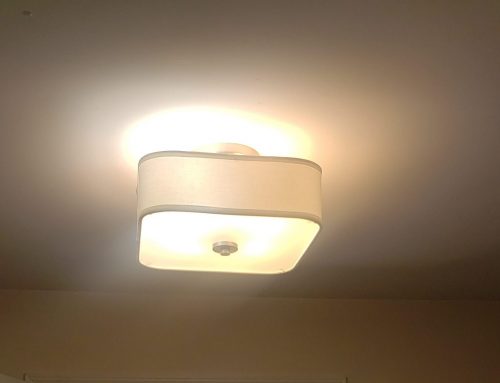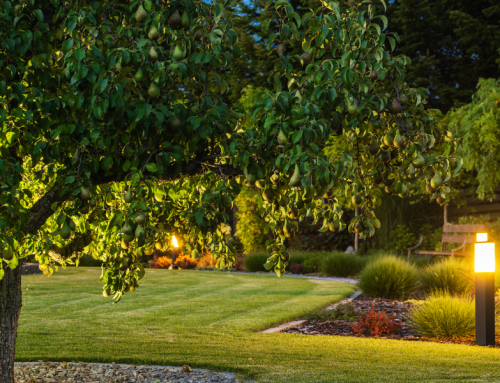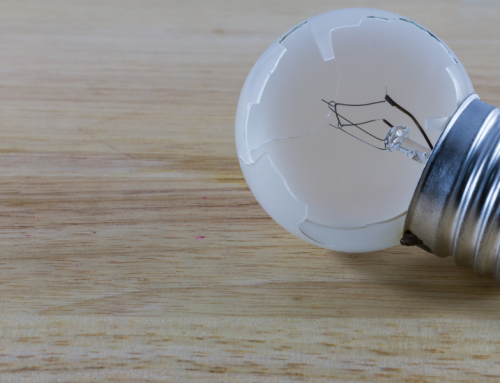Light Emitting Diodes, or LEDs, have been around for over half a century. It it is only in the past decade that they have become a mainstream lighting technology. LED lighting is now widely used in homes, businesses, and public spaces, and it’s not hard to see why. LEDs offer a range of benefits that make them an attractive choice for lighting in a wide variety of applications.
- Energy Efficiency- One of the primary benefits of LED Lighting is their energy efficiency. Unlike traditional incandescent bulbs, which convert most of their energy into heat rather than light, LEDs convert nearly all of their energy into light. This means that LEDs use significantly less energy than other types of bulbs to produce the same amount of light. In fact, LEDs are up to 80% more energy-efficient than traditional bulbs, which can translate into significant cost savings over time.
- Longevity- Another advantage of LEDs is their longevity. LED bulbs can last up to 25 times longer than traditional bulbs, which means that they require less frequent replacement. This not only saves money on replacement costs but also reduces the amount of waste produced by discarded bulbs.
- Durability- LEDs are also more durable than other types of bulbs. Incandescent bulbs are made of fragile glass. LEDs are constructed from durable materials that can withstand shock, vibration, and extreme temperatures. This makes them an ideal choice for use in outdoor lighting, where they can withstand exposure to the elements.
- Versatility- LEDs are also versatile in terms of their size, shape, and color. LEDs can be manufactured in a variety of sizes, from small chips to large panels, and can be shaped to fit a wide range of fixtures. Additionally, LEDs are available in a range of colors, making them ideal for use in decorative lighting applications.
- Instant On- Another benefit of LED Lighting is their instant-on capability. Other types of bulbs can take several seconds to reach full brightness but LEDs turn on instantly. This means that they can be used in applications where instant-on capability is essential, such as in security lighting.
- Environmentally Friendly- Finally, LEDs are environmentally friendly. LEDs use less energy than other types of bulbs, which means that they produce fewer greenhouse gas emissions and contribute less to climate change. Additionally, because LEDs last longer than other types of bulbs, they produce less waste over time.
All in all, LED Lighting offers a range of benefits that make them an attractive choice for lighting in a wide variety of applications. LEDs are energy-efficient, long-lasting, durable, versatile, instant-on, and environmentally friendly. As technology continues to improve, it is likely that we will see even more innovative uses for this remarkable lighting technology.






